Virtual fencing technology is starting to appear on many livestock farms around the world, as more farmers sync in to its real time benefits. Developed predominantly in Norway by companies Nofence and Monil, this technology is helping farmers not only keep track of their animals, but is also aiding sustainable grazing management.
When using this technology the farmer sets up a virtual boundary on a mobile phone app, identifying the area that the cattle should graze in. The cattle are fitted with GPS collars incorporating sensors, which means they are easy to track via the app.
If an animal crosses the virtual fence boundary, the collar gives off an audio signal which teaches the animal to turnaround. The sound plays for seven seconds, and if the animal has not yet turned back towards the fence, it receives an electric pulse as an aversive stimulus. The goal is for the animal to learn to turn at the sound alone and stay within the fenced area.
The collar provides three rounds of sound and electric signals before the animal is registered as escaped. The sound gradually increases in volume before the electric signal is given. Farmers will receive a push notification on their phone showing which animal has escaped.
When an animal has escaped, the collar stops giving sound warnings and electric signals but continues to show the animal’s position. Once the animal has moved at least three metres back inside the fence, the fence becomes active again.
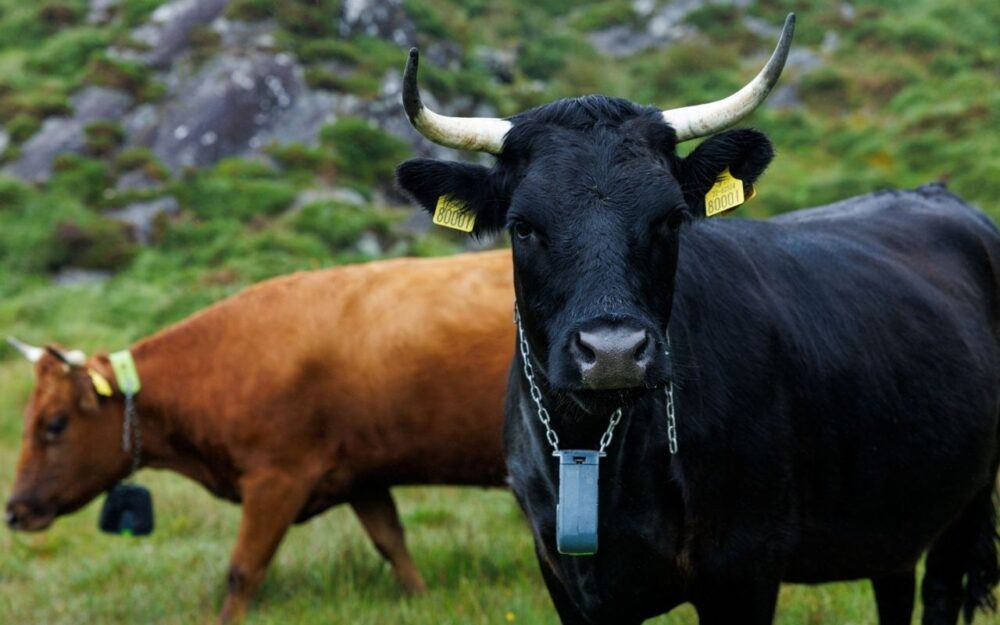
Animal Training
Both companies emphasize that proper training must be provided to the animals to ensure the technology operates effectively and without compromising animal welfare.
With the Monil system, the training protocol unfolds in three stages. The first, acclimatisation and exposure, allows the animal to become familiar with the collar, its environment, and the signals emitted by the device. During the second stage, adaptation, the animal continues to experience the virtual fence boundary until it learns to associate the audio cues with the mild electrical stimuli. Finally, the control stage involves adjusting the position of the virtual boundary to confirm that the animal fully understands how the system works.
Investor Funding
Nofence was founded in Norway back in 2011 by goat farmer Oscar Hovde at Batnfjordsora, and is already serving as a sustainable alternative to physical fencing on many farms around the world.
In order to further strengthen its development, Nofence has recently raised over US$35million after the successful close of its Series B funding round, signalling investor confidence in Nofence’s market traction, product innovation, and long-term potential.
Nofence says this investment accelerates it’s expansion worldwide in key European and North American markets and reflects the company’s continued momentum in advancing its technology.
Virtual fence technology has proven to help farmers reduce their time, labor and costs involved when putting up or repairing physical fencing. It also saves time driving many times to check on the location of the livestock as the app can do that instantly.
Also, should an animal be shown on the app to be moving less than normal, it can be an indication that it is ill, or has some other welfare problem.
Read also
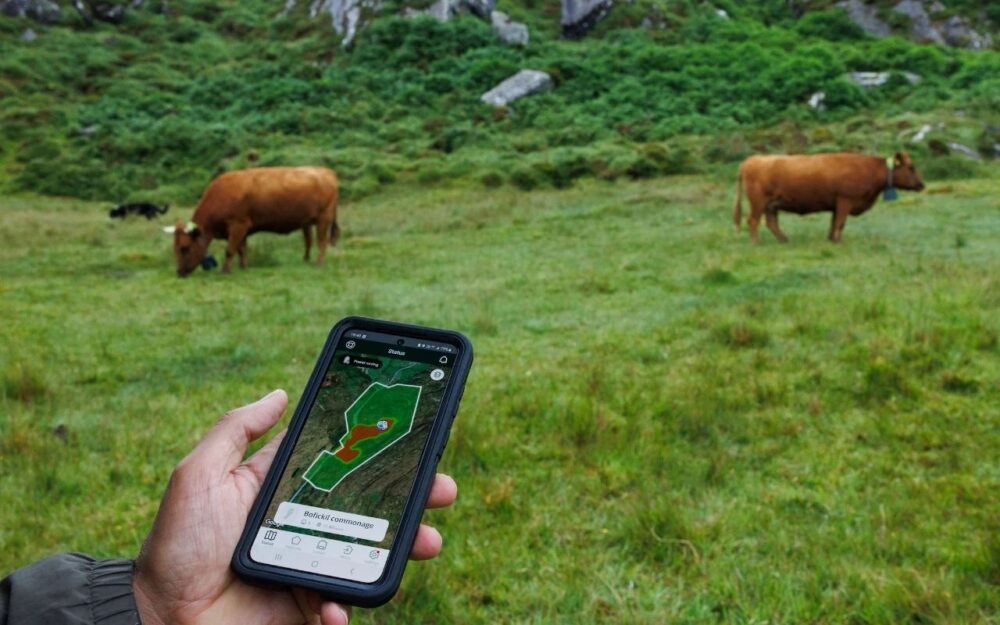



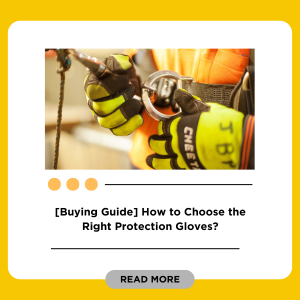

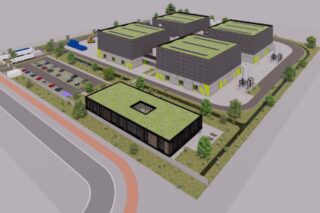
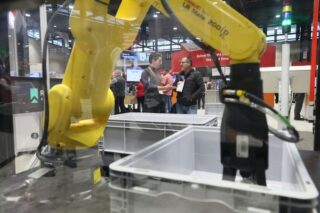
![Image [Buying Guide] How to Choose the Right AMR?](/wp-content/uploads/sites/3/AMR-320x213.jpg)


